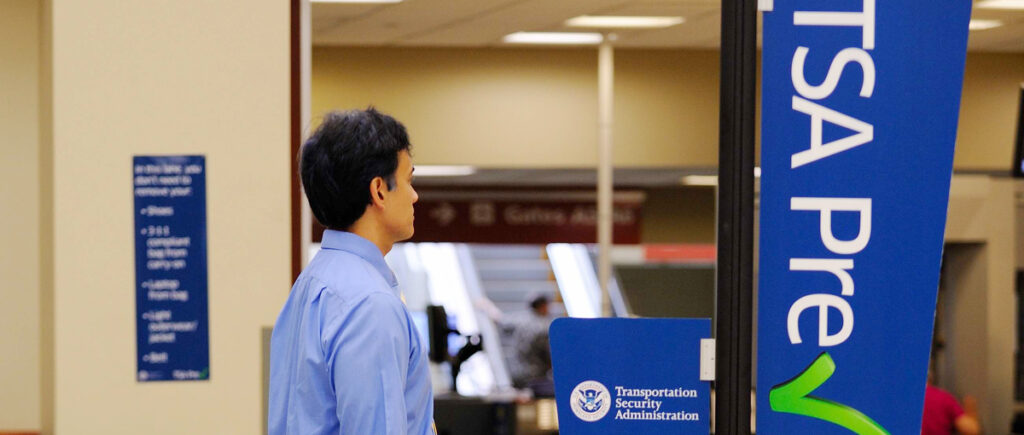
TSA Resources
Be prepared for your flight. Detailed information regarding a variety of topics can be found at www.tsa.gov, but here is some general information to get you started.
Numerous changes at TSA security checkpoint have been implemented due to Covid-19 and are available in detail at www.tsa.gov/coronavirus. Several changes include:
- Up to 12 ounces of liquid hand sanitizer is now permitted in carry-on bags. The 3-1-1 liquid rule still applies to all other liquids.
- Unlimited disinfectant wipes are now permitted in carry-on bags.
- TSA may request a brief removal of the mask or face covering at any point during the screening process.
- TSA officers will use a fresh pair of gloves upon a passenger’s request.
- The Department of Homeland Security has announced an extension to obtain a REAL-ID compliant driver’s license. The new deadline is May 7, 2025.
Liquids, aerosols, gels, creams and pastes are permitted in your carry-on bags in limited quantity and size. Carry-on bags may contain 3.4 ounces (100 ml) or smaller sized containers that fit in one quart-sized resealable bag. During the screening process, this bag should be removed from your baggage and placed in the bins. Containers larger than 3.4 ounces—regardless of the amount inside—must be placed in checked baggage.
As a temporary exemption from the 3-1-1 rule, TSA is currently permitting one oversized liquid hand sanitizer up to 12 ounces in size.
For children 13 years and older, TSA’s standard screening procedures apply. For children 12 years old and younger, TSA has modified screening procedures, and they can leave their shoes, light jackets and headwear on during screening. Infants must be removed from their carriers and be carried in your arms through the walk-through metal detector.
If a child is flying unaccompanied, a parent or guardian may check with the airline to see if he/she qualifies for an access pass to the gate.
All medications will undergo a visual or X-ray screening. Inform the TSA officers that you have medications and separate them from other belongings before screening begins. Ice packs, freezer packs, gel packs and other accessories are permitted in a frozen or partially-frozen state to keep medically necessary items cool. TSA allows larger amounts of medically necessary liquids, gels and aerosols in reasonable quantities for your trip, but you must declare them.
Families of military may accompany a departing and arriving military family member to the gate and can remain with them until they board their aircraft. Family members must receive a pass from the airline that the military member is flying and show appropriate ID.
Beginning May 7, 2025, every traveler 18 years of age or older will need a REAL ID-compliant driver’s license or another acceptable form of ID to fly within the United States. A REAL ID license is marked by a star on the top of the card. Passengers without an acceptable form of identification will not be permitted through the security checkpoint.
Passengers 75 and older will receive expedited screening at the security checkpoint. Shoes and a light jacket may be worn during screening. If you alarm during screening, you may be required to remove your shoes or undergo a pat-down. You can request to be seated during this portion of the screening.
TSA PreCheck is an expedited screening process. Eligible travelers may keep their shoes, light outerwear and belts on, and 3-1-1 liquids do not need to be removed from baggage. Passengers interested in applying for this program may submit an online application and then will be required to schedule a ten minute in-person interview at a TSA enrollment center. TSA PreCheck has an $85 fee and is valid for five years.
TSA Checkpoint Hours
Daily, 4:00 am-9:30 pm
All passengers must clear security checkpoint before it closes, even if a flight is delayed. Passengers should arrive 90 minutes prior to their flight to allow enough time for parking, check-in, security screening and boarding.
